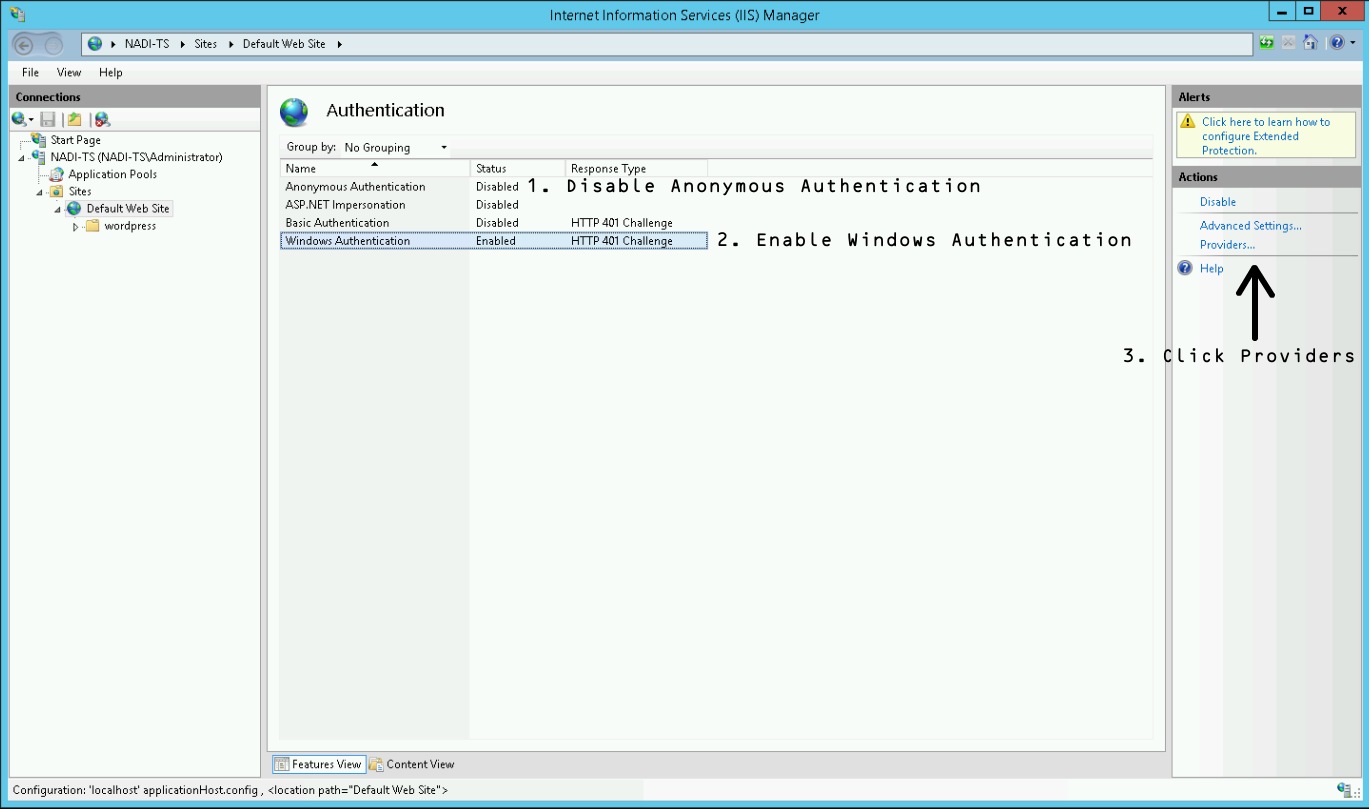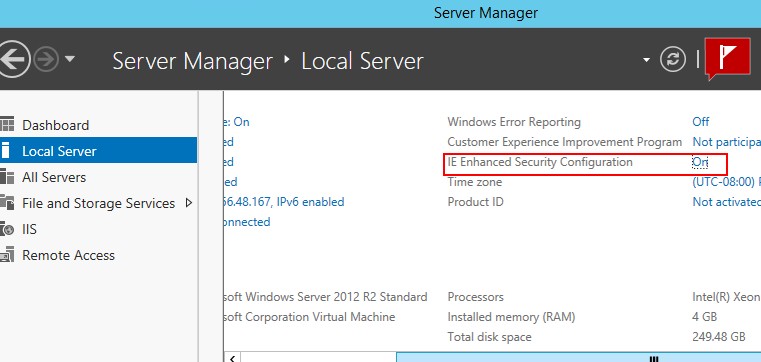
- #Disable microsoft iis windows 10 windows 10#
- #Disable microsoft iis windows 10 password#
- #Disable microsoft iis windows 10 Offline#
- #Disable microsoft iis windows 10 windows 7#
#Disable microsoft iis windows 10 windows 7#

^ "Syskey.exe utility is no longer supported in Windows 10, Windows Server 2016 and Windows Server 2019". My name is Andre Da Costa an Independent Consultant, Windows Insider MVP and Windows & Devices for IT MVP.^ "How to use the SysKey utility to secure the Windows Security Accounts Manager database".^ a b c d Sabin, Todd (December 16, 1999).
#Disable microsoft iis windows 10 windows 10#

#Disable microsoft iis windows 10 password#
Microsoft later issued a fix for the problem (dubbed the "Syskey Bug"). The problem is that SYSKEY has RC4 keystream reuse problems.
#Disable microsoft iis windows 10 Offline#
In December 1999, a security team from BindView found a security hole in Syskey that indicated that a certain form of offline cryptanalytic attack is possible, making a brute force attack appear to be possible. Microsoft recommends the use of " Bitlocker or similar technologies instead of the syskey.exe utility." In mid-2017, Microsoft removed syskey.exe from future versions of Windows. Syskey can optionally be configured to require the user to enter the key during boot (as a startup password) or load the key onto removable storage media (e.g., a floppy disk or USB flash drive). How To: Uninstall or disable the IIS 4.0/5.0/5.1 Web server on Windows NT/2000/XP 1. The registry keys and their contents are same for all modern OS: Windows 7, Windows Server 2008, Windows Server 2008 R2 and Windows Server 2012.First introduced in the Q143475 hotfix included in Windows NT 4.0 SP3, Syskey was intended to protect against offline password cracking attacks by preventing the possessor of an unauthorized copy of the SAM file from extracting useful information from it. Note: Client portion contains subkey called "DisabledByDefault" whereas the Server portion contains subkey called "Enabled" If you see a vulnerability about older TLS versions, check this post out: Security Scan (Qualys SSL Labs) shows TLS 1.0 and 1.1 are enabled. Here is a list of known IIS vulnerabilities: List. These are the key combinations to disable SSL: Steps to disable default page: Open IIS Manager. Here is the summary and key takeaways from these two engagements: In both cases, I found that engineers were little confused as to what registry change that they needed to apply since there were Client and Server portion of the Registry key.


Recently I have assisted couple of enterprise engineers in disabling a specific version SSL from IIS Servers to mitigate a vulnerability that they were facing.


 0 kommentar(er)
0 kommentar(er)
